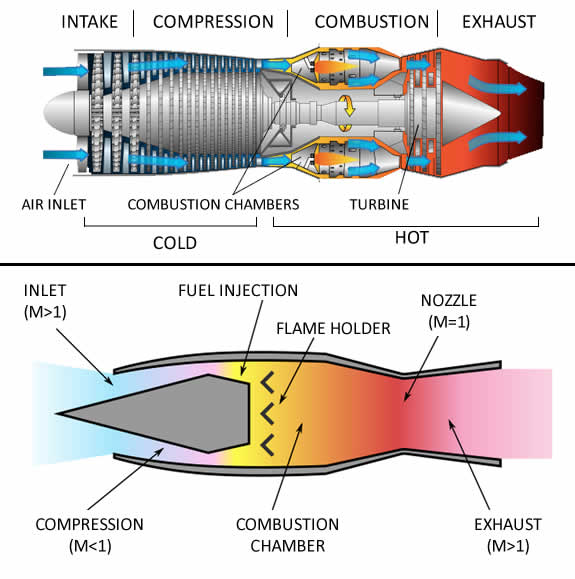From Big Ben to the Big Apple in under an hour
After a four year wait, French behemoth Airbus has received approval for a patent to develop an "ultra-rapid air vehicle and related method of aerial locomotion" - a supersonic plane combining a rocket engine, turbojets and ramjets, that could fly from London to New York in under an hour. Inviting comparison with its Anglo-French predecessor, the patented design has been called "Concorde Mark 2" and "Son of Concorde", but has the power to leave its pointy-nosed dad in the dust.
Carrying up to 20 passengers or two or three tons of cargo, for distances of about 5,500 miles, at an altitude of more than 100,000ft, the aircraft aims to cut Concorde's LON to NYC journey time by over half. Concorde offered an incredible three-and-a-half-hour Atlantic crossing. Since its demise, passengers have had to settle for seven-hour flights - but the Airbus patent aims to revolutionise that.
Described in the patent filing, the aircraft consists of a fuselage, a gothic delta wing and three separate methods of propulsion. The aircraft fuselage will contain hydrogen and oxygen tanks, fuelling a rocket motor which will blast combusted propellant out of a "back door". This will launch the plane, thrusting it into the stratosphere where air pressure is lower than the conventional 37,000ft.
Hanging from the forward part of the plane are two turbojet engines, able to be retracted back into the fuselage. Under each side of the giant triangular wing is a ramjet, an airbreathing jet engine which uses the aeroplane's forward motion to take in and compress air for explosive combustion. The ramjet is excellent for airborne acceleration, but produces no thrust from standstill, so needs complimentary technologies to get it off the ground. The rocket housed in the aeroplane's fuselage will provide the power to launch it near-vertically, until it breaks the speed of sound and the ramjets take over.

Operational principles of a turbojet (top) and ramjet (bottom)
Aerospace afficionados will be delighted with an outstanding set of specifications for the proposed machine. Whereas Concorde cruised at Mach 2.04, the Airbus baby is expected to exceed Mach 3.3 - a staggering 2,500mph. The patented aeroplane is shorter than Concorde by around 15%, but has a slightly larger wingspan and squatter profile. Concorde's awkwardly just-too-short range of 4,488 miles is extended to 5,500 - which will open up supersonic flights to a larger portion of the American east coast than has previously been possible.
Airbus has suggested that it will market its latest development to business and VIP clients who require same-day transatlantic travel, but the plane could also have military uses. Cruising at flight level 1000, the plane will be invulnerable to anti-aircraft measures, and stealthy - suiting it for use in surveillance, reconnaissance or high-value asset transport.
The icon of an era, Concorde was more of a romantic notion of freedom than a practical transportation machine. She suffered as a consequence of the sonic boom created at supersonic speeds - with flight routes restricted due to noise concerns. The Airbus concept aims to eliminate this consideration, citing the very high altitude and altered nose design which allows the sonic boom to propagate away from the plane at a much narrower angle - between 11 and 15° - giving it more time to dissipate before reaching the ground.
Airbus' design could take years or decades to come to fruition but when it does, it is sure to capture the hearts and minds of a generation of travellers.







